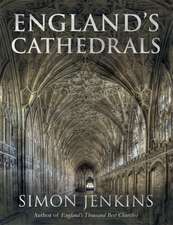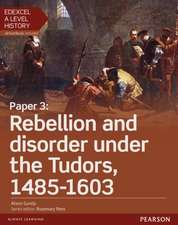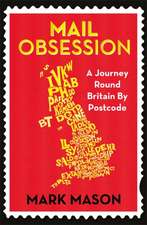Political Violence in the Weimar Republic, 1918-1933: Fight for the Streets and Fear of Civil War: Studies in German History, cartea 10
Autor Dirk Schumann, Journal Of Historyen Limba Engleză Hardback – 28 feb 2009
The Prussian province of Saxony--where the Communist uprising of March 1921 took place and two Combat Leagues (Wehrverb nde) were founded (the right-wing Stahlhelm and the Social Democratic Reichsbanner) - is widely recognized as a politically important region in this period of German history. Using a case study of this socially diverse province, this book provides a comprehensive analysis of political violence in Weimar Germany with particular emphasis on the political culture from which it emerged. It refutes both the claim that the Bolshevik revolution was the prime cause of violence, and the argument that the First World War's all-encompassing "brutalization" doomed post-1918 German political life from the very beginning. The study thus contributes to a view of the Weimar Republic as a state in severe crisis but with alternatives to the Nazi takeover.
Din seria Studies in German History
- 14%
 Preț: 690.86 lei
Preț: 690.86 lei - 28%
 Preț: 474.21 lei
Preț: 474.21 lei - 14%
 Preț: 691.62 lei
Preț: 691.62 lei - 30%
 Preț: 584.00 lei
Preț: 584.00 lei - 30%
 Preț: 497.19 lei
Preț: 497.19 lei - 25%
 Preț: 516.71 lei
Preț: 516.71 lei - 25%
 Preț: 582.93 lei
Preț: 582.93 lei - 14%
 Preț: 920.72 lei
Preț: 920.72 lei - 9%
 Preț: 249.75 lei
Preț: 249.75 lei -
 Preț: 225.08 lei
Preț: 225.08 lei - 17%
 Preț: 581.72 lei
Preț: 581.72 lei - 13%
 Preț: 645.95 lei
Preț: 645.95 lei - 25%
 Preț: 522.99 lei
Preț: 522.99 lei -
 Preț: 189.89 lei
Preț: 189.89 lei - 26%
 Preț: 559.65 lei
Preț: 559.65 lei - 23%
 Preț: 748.38 lei
Preț: 748.38 lei -
 Preț: 154.49 lei
Preț: 154.49 lei -
 Preț: 301.38 lei
Preț: 301.38 lei -
 Preț: 301.00 lei
Preț: 301.00 lei -
 Preț: 264.26 lei
Preț: 264.26 lei - 23%
 Preț: 749.64 lei
Preț: 749.64 lei - 23%
 Preț: 751.25 lei
Preț: 751.25 lei - 23%
 Preț: 750.76 lei
Preț: 750.76 lei - 15%
 Preț: 577.08 lei
Preț: 577.08 lei - 23%
 Preț: 753.11 lei
Preț: 753.11 lei - 17%
 Preț: 582.61 lei
Preț: 582.61 lei - 12%
 Preț: 617.12 lei
Preț: 617.12 lei - 23%
 Preț: 744.71 lei
Preț: 744.71 lei - 23%
 Preț: 753.18 lei
Preț: 753.18 lei - 23%
 Preț: 749.91 lei
Preț: 749.91 lei -
 Preț: 260.19 lei
Preț: 260.19 lei - 23%
 Preț: 749.32 lei
Preț: 749.32 lei -
 Preț: 258.66 lei
Preț: 258.66 lei -
 Preț: 533.14 lei
Preț: 533.14 lei - 23%
 Preț: 750.08 lei
Preț: 750.08 lei - 23%
 Preț: 835.31 lei
Preț: 835.31 lei - 23%
 Preț: 806.85 lei
Preț: 806.85 lei - 23%
 Preț: 749.77 lei
Preț: 749.77 lei -
 Preț: 264.82 lei
Preț: 264.82 lei - 23%
 Preț: 1002.27 lei
Preț: 1002.27 lei -
 Preț: 258.50 lei
Preț: 258.50 lei - 23%
 Preț: 749.32 lei
Preț: 749.32 lei -
 Preț: 261.93 lei
Preț: 261.93 lei - 23%
 Preț: 750.49 lei
Preț: 750.49 lei
Preț: 836.65 lei
Preț vechi: 1086.56 lei
-23% Nou
160.09€ • 167.15$ • 132.50£
Carte tipărită la comandă
Livrare economică 04-18 aprilie
Specificații
ISBN-10: 184545460X
Pagini: 398
Dimensiuni: 162 x 27 x 236 mm
Greutate: 0.7 kg
Ediția:English
Editura: BERGHAHN BOOKS INC
Seria Studies in German History
Locul publicării:United Kingdom














